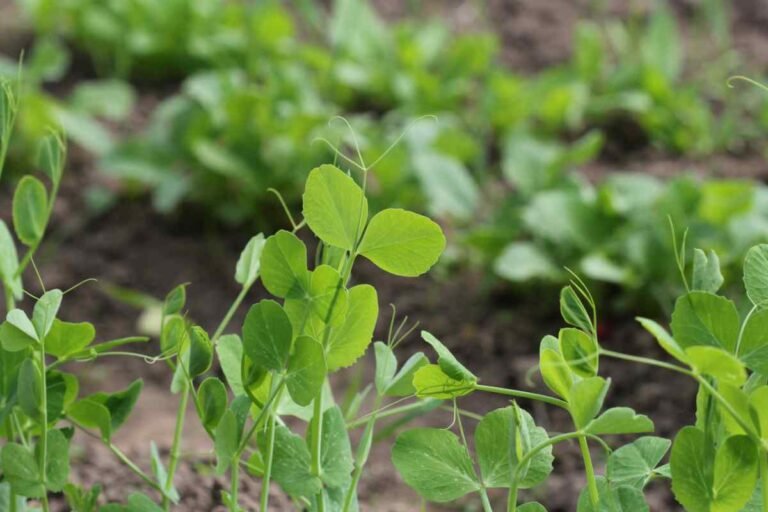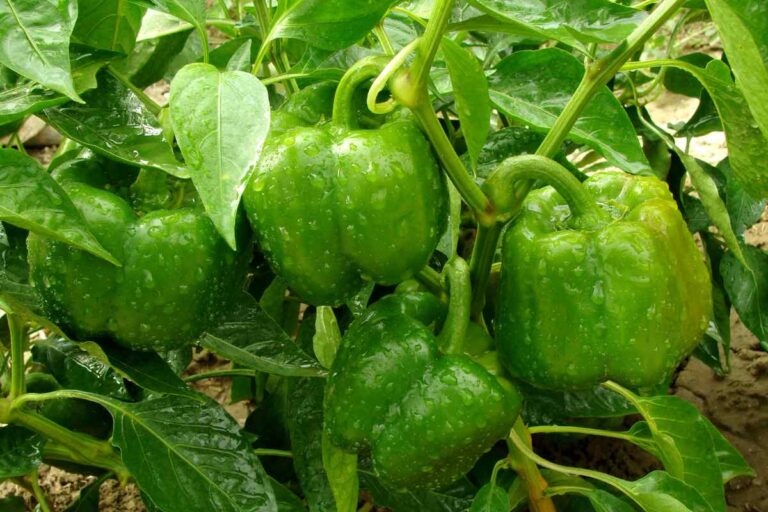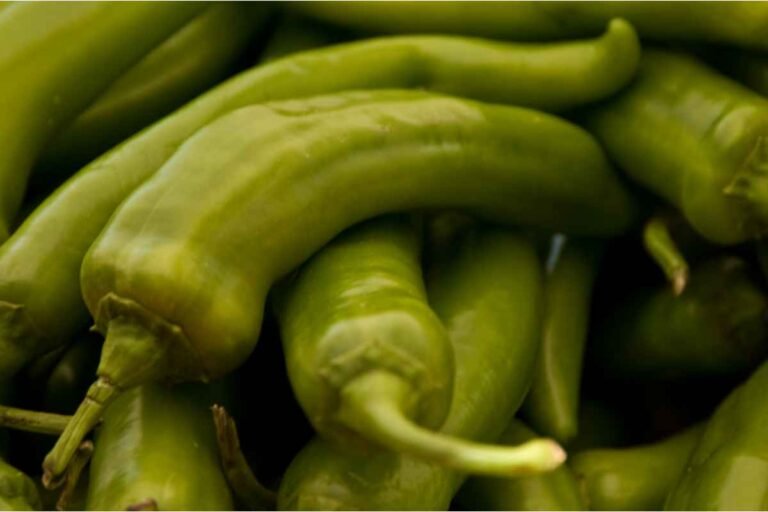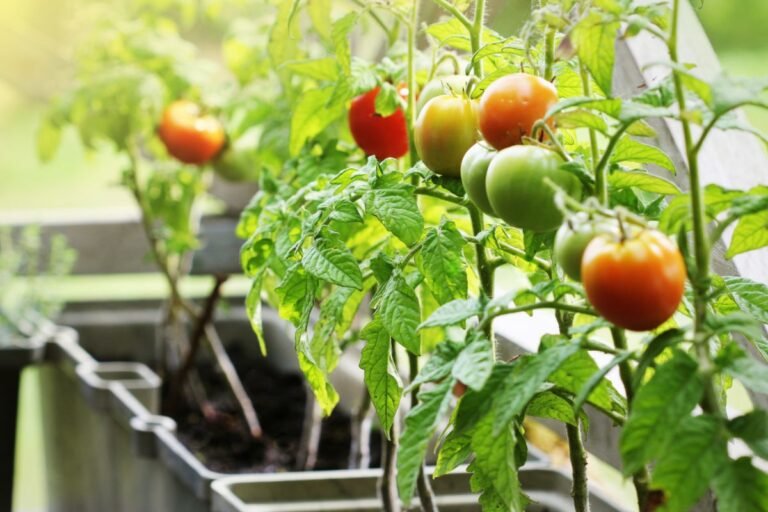Pepita Pumpkin Basics: Easy Growing Guide
Are you fascinated by the idea of growing your own pepita pumpkins but unsure where to start? You’ve come to the right place! In this comprehensive guide, we’ll delve into the world of growing pepita pumpkins, from understanding different pumpkin varieties to harvesting those delicious, nutritious seeds. Whether you’re a seasoned gardener or a complete novice, this easy-to-follow guide will help you in growing pepita pumpkin patch in no time.
What are Pepita Pumpkins?
The word “pepita” is Spanish for “little seed,” which accurately describes the pumpkin’s most prized feature. Pepita pumpkins, also known as hulless or oilseed pumpkins, are a unique type of pumpkin that produces seeds without a hard outer shell. These pumpkins are grown primarily for their seeds, which are rich in nutrients and have a delicious nutty flavor. Popular in both savory and sweet dishes, pepitas can be used in various recipes or enjoyed as a healthy snack.
Most Common Varieties of Pepita Pumpkin
Let’s explore some of the most common pepita pumpkin varieties you might encounter.
Lady Godiva Squash
The Lady Godiva squash, also known as Lady Godiva pumpkin, is a small, round, green pumpkin that produces an abundance of hulless seeds. The seeds are rich in protein, fiber, and healthy fats, making them an excellent addition to your diet.
Naked Bear Pumpkin
The Naked Bear pumpkin is another variety of pepita pumpkin that boasts hulless seeds. As the name suggests, these pumpkins have a “naked” or shell-less seed, which makes them perfect for snacking and cooking. Naked Bear pumpkins are known for their small to medium size and orange-yellow skin.
Kakai Squash
Kakai squash, or Kakai pumpkin, is a small, green and orange-striped pumpkin variety originating from Austria. It is highly prized for its large, dark green hulless seeds, which are delicious roasted and have a high oil content. Kakai pumpkins have a relatively short growing season, making them a popular choice among gardeners with limited growing time.
Styrian Pumpkins
Styrian pumpkins are a type of oilseed pumpkin primarily grown in the Styria region of Austria. These pumpkins are larger than most other pepita pumpkin varieties and feature a distinct green and yellow color pattern. Styrian pumpkins are known for their high-quality seeds, which are rich in essential nutrients and have a mild, nutty flavor.
Oilseed Pumpkins
Oilseed pumpkins encompass a range of pumpkin varieties grown specifically for their seed oil content. These pumpkins typically produce hulless seeds, making them an ideal choice for those looking to harvest pepitas. Oilseed pumpkins can vary in size, shape, and color, but all share the common characteristic of producing seeds rich in healthy oils.
Selecting the Right Pumpkin Seeds
When starting your pepita pumpkin garden, it’s crucial to choose the right seeds to ensure a successful harvest. Here, we’ll discuss some popular seed options and their unique characteristics.
Calabaza Squash Seeds
Calabaza squash seeds are perfect for planting if you’re looking for a pumpkin variety that also provides delicious flesh for cooking. While not specifically an oilseed pumpkin, Calabaza squash produces large seeds that can be roasted and enjoyed.
White Pumpkin Seeds for Planting
White pumpkin seeds are an excellent choice if you’re interested in growing white-skinned pumpkins. Some white pumpkin varieties, such as Lumina or Cotton Candy, can also produce hulless seeds, offering both a unique appearance and delicious pepitas.
Hulless Pumpkin Seeds Varieties
As you search for the perfect pepita pumpkin seeds, you’ll come across various hulless pumpkin seed varieties. Lady Godiva, Naked Bear, Kakai, and Styrian are just a few examples of the many hulless pumpkin seeds available. Consider factors such as growing time, climate, and personal taste preferences when selecting the best variety for your garden.
Preparing Pumpkin Seeds for Planting
Once you’ve chosen your preferred pumpkin seed variety, the next step is preparing them for planting. This process includes germinating the seeds, drying and preserving them, and ensuring optimal growing conditions.
Germinating Pumpkin Seeds
Germinating pumpkin seeds is an essential step to ensure successful plant growth. To germinate seeds, place them between two damp paper towels and seal them in a plastic bag. Store the bag in a warm, dark location for about a week, checking daily for signs of germination. Once the seeds have sprouted, they’re ready for planting.
Drying and Preserving Pumpkin Seeds
If you’ve harvested seeds from a previous pumpkin crop or purchased seeds in bulk, you may need to dry and preserve them before planting. To do this, spread the seeds out on a clean surface and allow them to air-dry for several days. Once the seeds are thoroughly dry, store them in a cool, dry place until it’s time to plant. You can also use a dehydrator to speed up the drying process, but be sure to follow the manufacturer’s instructions for pumpkin seeds.
Preparing the Soil and Planting Site
To ensure optimal growth, it’s essential to prepare the soil and planting site for your pepita pumpkins. Start by selecting a sunny location with well-draining soil. Pumpkins thrive in soil with a pH between 6.0 and 6.8, so it’s a good idea to test the soil and amend it as needed. Additionally, pumpkins are heavy feeders, so consider adding compost or other organic matter to the planting site to boost fertility.
Planting and Growing Your Pepita Pumpkins
With your seeds and planting site prepared, it’s time to start planting your pepita pumpkins. Here, we’ll cover essential steps such as planting times, seed spacing, and watering requirements.
Planting Times
The ideal planting time for pepita pumpkins varies depending on your location and climate. In general, pumpkin seeds should be sown outdoors after the last frost in the spring, when soil temperatures have reached at least 60°F (15.5°C). For those in Missouri, this typically falls around late April or early May. Be sure to consult local planting guides for the most accurate information for your region.
Seed Spacing
Proper seed spacing is crucial for growing healthy pepita pumpkins. Plant seeds about 1 inch deep and 24-36 inches apart in rows, with each row spaced 8-12 feet apart. This spacing allows for ample airflow and room for the sprawling vines to grow. If you’re short on space, consider planting pumpkins on a stick seeds, which grow on a more compact plant.
Watering and Fertilizing Pumpkins
Pumpkins require consistent watering throughout their growing season, with an average of 1-1.5 inches of water per week. It’s essential to water at the base of the plant, avoiding the leaves to minimize the risk of fungal diseases. Additionally, consider fertilizing your pumpkins throughout the growing season with a balanced fertilizer to ensure optimal growth and fruit production.
Harvesting and Storing Your Pepita Pumpkins
After months of nurturing your pepita pumpkins, it’s time to harvest and enjoy the fruits of your labor. Here, we’ll discuss when to harvest, how to store your pumpkins, and how to harvest the seeds for future planting or consumption.
When to Harvest
Most pepita pumpkin varieties take between 90-120 days to mature, depending on the specific variety and growing conditions. To determine if your pumpkins are ready for harvest, look for a deep, even color and a hard, firm rind. Additionally, the stem should be dry and slightly shriveled.
Storing Pumpkins
Once harvested, store your pumpkins in a cool, dry location, such as a basement or garage. Properly stored pumpkins can last for several months, allowing you to enjoy their delicious seeds and flesh throughout the winter.
Harvesting Pumpkin Seeds
To harvest pumpkin seeds, cut open the pumpkin and scoop out the seeds and pulp. Separate the seeds from the pulp and rinse them under cold water to remove any remaining pulp. To prepare the seeds for eating, toast pepitas on the stove, in the oven, or in a dehydrator for a crunchy, nutritious snack.
Pest and Disease Management
Pepita pumpkins can be susceptible to various pests and diseases. Common pests include squash bugs, cucumber beetles, and vine borers. Regularly inspect your plants and handpick any pests you find. Using row covers can help protect young plants from pests, but remember to remove them once flowers appear to allow for pollination.
Diseases that affect pepita pumpkins include powdery mildew, downy mildew, and various wilts. To reduce the risk of disease, practice proper crop rotation and avoid planting pumpkins in the same location for at least three years. Good air circulation and proper spacing can also help prevent the spread of diseases. If you notice any signs of disease, remove the affected plant parts and apply organic fungicides as needed.
Let’s Have a Quick Overview – FAQs : Pepita Pumpkin
What is a pepita pumpkin?
A pepita pumpkin is a variety of pumpkin that produces seeds without a hard outer shell. They are also known as hull-less or naked-seed pumpkins. The seeds are rich in protein and essential nutrients, making them a popular snack and a versatile ingredient in various dishes.
When should I plant pepita pumpkin seeds?
Plant pepita pumpkin seeds when the soil temperature reaches at least 60°F (15°C), typically two to three weeks after the last frost in your area. Soaking the seeds in water for 24 hours before planting can speed up germination.
How much sunlight do pepita pumpkins need?
Pepita pumpkins require at least six hours of direct sunlight per day to thrive. Choose a location in your garden that receives ample sunlight and has well-draining soil.
What type of soil is best for growing pepita pumpkins?
Pepita pumpkins grow best in well-draining, nutrient-rich soil with a pH between 6.0 and 6.5. Amend your soil with compost or well-rotted manure two to three weeks before planting to improve its nutrient content and drainage.
How often should I water my pepita pumpkins?
Water your pepita pumpkins deeply at least once a week, or more frequently during hot, dry periods. Use a soaker hose or drip irrigation system to deliver water directly to the roots, avoiding overhead watering to prevent the spread of diseases.
What pests and diseases can affect pepita pumpkins?
Pepita pumpkins can be susceptible to pests like squash bugs, cucumber beetles, and vine borers, as well as diseases such as powdery mildew, downy mildew, and various wilts. Regularly inspect your plants and remove any pests you find. Practice crop rotation and maintain good air circulation to reduce the risk of diseases.
When should I harvest my pepita pumpkins?
Pepita pumpkins are ready for harvest when their skin turns a deep, solid color, and the rind is hard. A hollow sound when tapped is another indicator of ripeness. Cut the stem about 3-4 inches above the pumpkin, being careful not to damage the fruit.
How should I store my harvested pepita pumpkins?
Before storing, cure your pepita pumpkins in a warm, well-ventilated area for 10-14 days. Once cured, store them in a cool, dark, and dry location with a temperature between 50-55°F (10-13°C). Properly stored pumpkins can last for several months.
Can I eat the flesh of pepita pumpkins?
Yes, the flesh of pepita pumpkins is edible and can be used in various recipes, including soups, pies, and casseroles. The seeds are the main attraction, but the flesh also offers a delicious and versatile option for your culinary creations.
How can I use the pepita pumpkin seeds in my recipes?
Roast the pepita pumpkin seeds in the oven with your choice of seasonings to make a delicious and nutritious snack. You can also add the roasted seeds to salads, granola, or baked goods for added texture and flavor.







